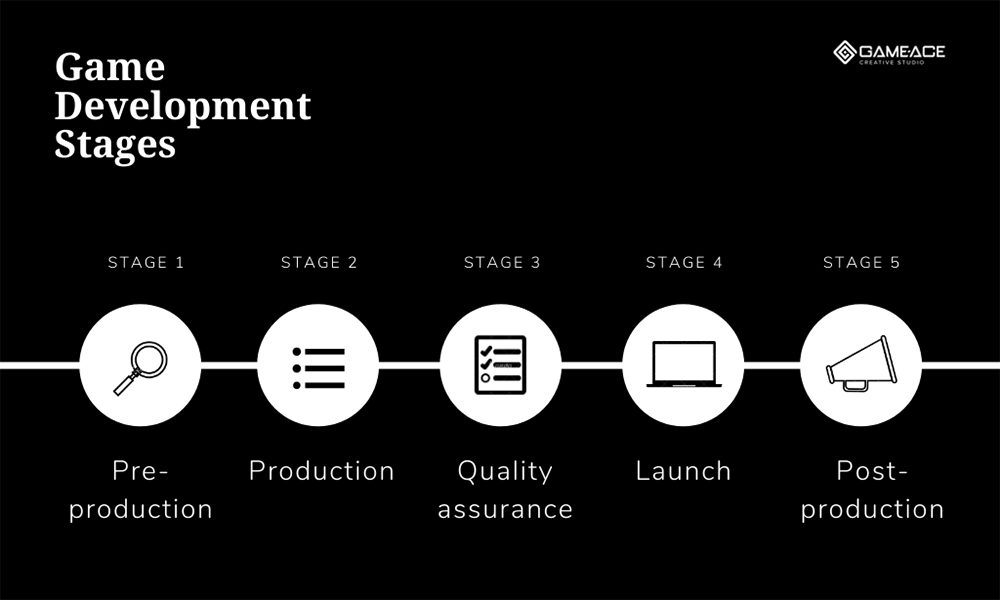The process of creating a video game involves several phases, starting with brainstorming a concept, creating a design document, and developing the game’s code, art assets, and sound effects. The programming team is responsible for creating the game’s engine, and the art team designs visual elements that match the game’s design document. Once the development is complete, the game goes through testing, including stress, bug, and balance testing. If the game passes, it is released to the public through digital distribution channels. Post-release, developers continue to support the game with bug fixes, new content, and responding to community feedback.
Behind the Scenes: A Look at the Game Development Lifecycle
Video games have become one of the most popular forms of entertainment in the world today. From simple mobile games to complex console titles, games have captured the hearts of millions of people around the globe. But what does it take to create a game? This article will take a look at the game development lifecycle and give you a behind-the-scenes look at how games are made.
Pre-Production
Before a game can be developed, there needs to be a concept. This means that the development team must brainstorm ideas for the game they want to create. This is often done through meetings where the team can discuss possible game concepts and choose the one that they think will be the most entertaining.
Once a concept has been chosen, the team will create a design document. This document outlines the game’s storyline, characters, setting, and gameplay mechanics. It also includes sketches and drawings of what the game will look like.
Production
Once the design document has been completed, the actual development process can begin. This includes creating the game’s code, art assets, and sound effects.
Programming
The programming team is responsible for creating the game’s code. This includes writing the game’s engine, which is the software that runs the game. The engine handles everything from physics to character movement to AI. Programmers will also implement gameplay mechanics and user interface elements.
Art and Design
The art team is responsible for creating the game’s visual elements. This includes designing characters, creating environments, and designing user interfaces. The art team will often work closely with the design team to create art that matches the game’s design document.
Audio
The audio team is responsible for creating the game’s sound effects and music. This includes composing music that fits the game’s mood and creating sound effects that match the action on-screen.
Testing
Once the development team has created the game’s code, art, and sound, the testing phase can begin. This is where the game is tested for stability, bugs, and balance.
Stress Testing
Stress testing is the process of pushing the game to its limits to see how it performs. This can include running the game on low-end hardware, playing for extended periods of time, and stressing the game’s networking features.
Bug Testing
Bug testing involves finding and fixing any issues with the game’s code. This can include crashes, glitches, and other issues that can cause the game to become unplayable.
Balance Testing
Balance testing involves making sure that the game is fair for all players. This can include testing the game’s difficulty and ensuring that no player has an unfair advantage.
Release
Once the game has been tested and any issues have been fixed, it can be released to the public. This is often done through digital distribution channels such as Steam or the App Store.
Post-Release
After the game has been released, the development team will continue to support it. This may involve releasing bug fixes, adding new content, or responding to feedback from the community.
Conclusion
The game development lifecycle is a complex process that involves many different teams and disciplines. From brainstorming a concept to testing the game for stability and balance, the development process can take months or even years. But for those who love video games, the effort is well worth it.
